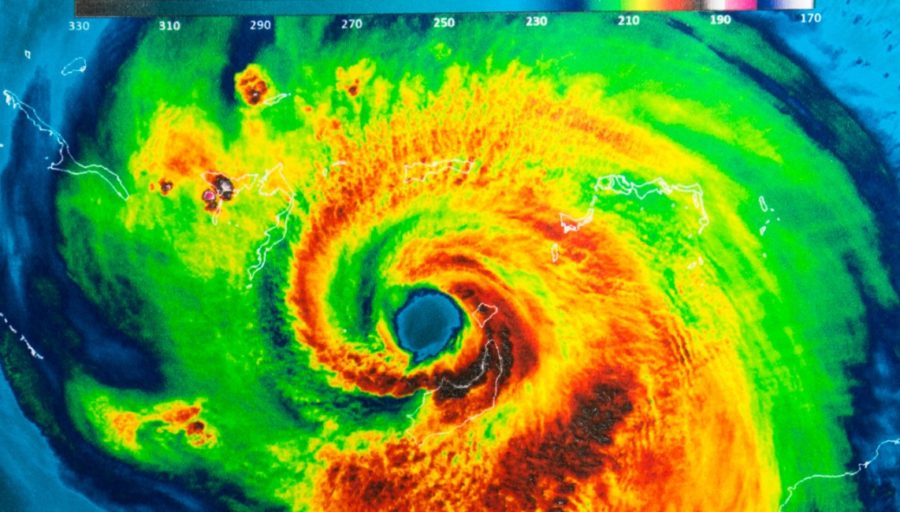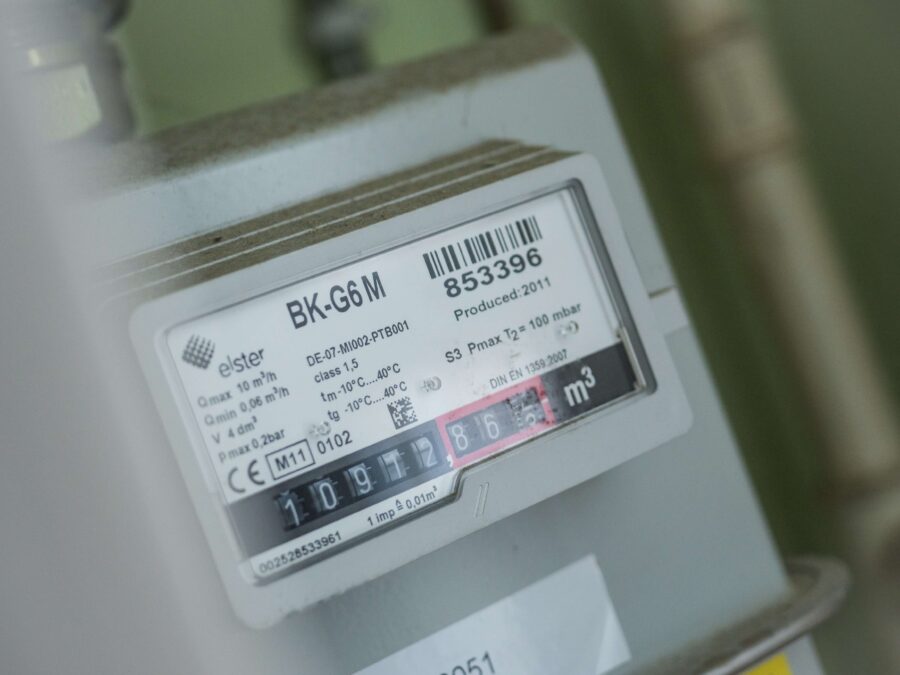For many potential solar customers who live in the coastal regions and islands of the U.S., the question of solar panel durability during a natural disaster is a given. You should want to investigate whether or not such a substantial investment will be worth it in the event of extreme weather. The good news is that as engineering and materials improve, solar panels are better able to withstand extreme weather, including hail, sleet, snow, rain — and yes — hurricanes.
Solar Panels Can Survive Extreme Wind But Debris Gets in the Way
In 2017, when Hurricane Maria ravaged through the Caribbean and reached a top speed of 175 miles per hour (mph), the impact on Puerto Rico was catastrophic. It was the largest blackout in U.S. history, as power lines and infrastructure were rendered essentially nonexistent, and millions of people went without electricity for months.1 In fact, the Puerto Rico Electric Power Authority (PREPA) wasn’t able to fully restore power to the island until 328 days after the Category 4 storm hit the island — 11 months later.
However, at one Veterans Administration (VA) hospital in San Juan, their facility remained online post-Maria and ready to help those injured by the storm. How? Their 645 kW rooftop solar panel system was still operating at 100% capacity. In fact, this particular solar system was built to flex during high winds since the Caribbean is a hotspot for hurricanes and tropical storms. Specifically, these solar panels were engineered to withstand 170 mph wind bursts for up to 3 seconds at a time.2
All solar panels, regardless of brand, style, shape or material, are built to withstand high winds to some degree. In general, most solar panels can withstand up to 140 mph winds, which is around 2,400 pascals (the unit in which solar panel wind resistance is measured).3 That’s sturdy enough to withstand a Category 4 hurricane, whose wind speeds range from 130 to 156 mph.4
However, this story above is a rare case, in that these solar panels were specifically designed to withstand the highest possible hurricane-force winds. Plus, they were heightened so less debris impacted the panels. Wind hurling at 170 mph is much different than a rock flying at similar speeds. Thus, any ground-mounted solar panels or rooftop panels lower to the ground didn’t fare as well.
The good news is that solar panels are being designed and built with materials to withstand more extreme conditions. So, even though the industry isn’t prepped for every weather situation, we’re working to becoming more resilient each year.
Rain Benefits Solar Panels by Washing Away Grime
We’ve discussed wind speeds, but what about the water slamming into the solar panels at top speeds? Well, we’ve got more good news for you: Solar panels are waterproof. They are built to withstand many thunderstorms for many years. However, we have heard of water seeping in through small cracks in some models. This is a statistically rare occurrence, and something likely covered in the warranty.5
In almost all cases, rain greatly benefits solar panels. It’s not easy to get up on the roof to wash away the dirt, grime, and pollen that accumulate upon your arrays (which, by the way, we don’t recommend!). These particulates prevent the sun’s rays from reaching the electricity-producing materials underneath the protective top layer. That’s why rainwater is so important: regular showers wash solar panels clean so they can operate at their maximum efficiency.
What Should You Do Before a Hurricane?
The reality is that many solar panel owners will inevitably face some sort of extreme weather conditions. We recommend you take the following steps before any storm arrives in your area:
- Take photos: You must accurately capture the condition of your panels in case any damage does occur.
- Get lightning prevention: Does your home have a lightning protection system? If not properly installed, a direct hit from lightning can cause damage to solar panels and the electric equipment of your home. Even if it’s a simple lightning conductor or a discharge path to the ground that safely redirects lightning, you might want to consider installing such protective measures before a hurricane hits.
- Check warranty: In the event damage does occur, you should refresh yourself on what your solar panel warranty covers. Anything it doesn’t cover might need to be insured before a storm system ever forms.
- Review insurance policy: Speaking of insurance, you should take this step anyway if a hurricane is barreling toward your home. Besides your solar panels, you need to make sure other potential damages like flooding, roof leaks, and wind damage are covered by your homeowner’s insurance policy.
What Should You Do After a Hurricane?
First, make sure you and your family are safe and OK. In terms of the safety of your solar panels, though, do a visual check and make sure everything looks good.
If you remember only one thing from this article, do not get on your roof and take a quick look. We repeat: Do not get on your roof. We could write a whole separate article about why climbing on your roof is not safe and could be very dangerous to the average homeowner, but we’ll just leave it at that.
If you see something damaged or just want to double-check everything is still good, you should contact a professional, whether that’s your solar panel installer/manufacturer or your insurance company. And don’t forget to take pictures!
That all said, you can rest easy knowing that your beloved panels will most likely be OK. If you want to find more information about solar panels, check our article about all you need to know about solar panels in 2020.
Sources:
- https://www.vox.com/identities/2018/8/15/17692414/puerto-rico-power-electricity-restored-hurricane-maria
- https://pv-magazine-usa.com/2017/11/07/solar-survives-the-storms-in-puerto-rico/
- https://www.solar.com/learn/can-my-solar-panels-withstand-a-hurricane/
- https://www.nhc.noaa.gov/aboutsshws.php
- https://news.energysage.com/are-solar-panels-waterproof/

 Renew Now
Renew Now





